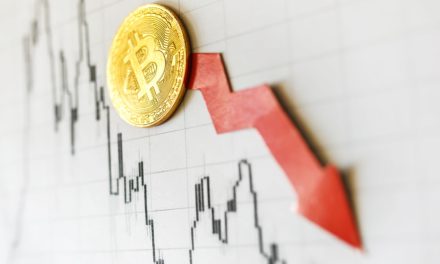For much of the global economy, 2023 is going to be a tough year as the main engines of global growth – the United States, Europe and China – all experience weakening activity, the head of the International Monetary Fund said on Sunday.
The new year is going to be “tougher than the year we leave behind,” IMF Managing Director Kristalina Georgieva said on the CBS Sunday morning news program “Face the Nation. “Why? Because the three big economies – the U.S., EU and China – are all slowing down simultaneously,” she said.
2023 IMF PREDICTION: “We expect one-third of the world economy to be in recession,” IMF Managing Director Kristalina Georgieva tells @margbrennan. But, a strong U.S. labor market might help the world get through a difficult year, she says. pic.twitter.com/Vbhj478pFo
— Face The Nation (@FaceTheNation) January 1, 2023
In October, the IMF cut its outlook for global economic growth in 2023, reflecting the continuing drag from the war in Ukraine as well as inflation pressures and the high interest rates engineered by central banks like the U.S. Federal Reserve aimed at bringing those price pressures to heel.
Since then, China has scrapped its zero-COVID policy and embarked on a chaotic reopening of its economy, though consumers there remain wary as coronavirus cases surge. In his first public comments since the change in policy, President Xi Jinping on Saturday called in a New Year’s address for more effort and unity as China enters a “new phase.”
“For the first time in 40 years, China’s growth in 2022 is likely to be at or below global growth,” Georgieva said.
2023 will be a difficult year for the world. The silver lining is we can use it to transform economies & accelerate change that’s good for our climate, good for growth. At the IMF, we recognize our responsibility to be a force for good. Watch the event: https://t.co/Yv1TvfCytH pic.twitter.com/lsrXDDLNyy
— Kristalina Georgieva (@KGeorgieva) December 29, 2022
Moreover, a “bushfire” of expected COVID infections there in the months ahead are likely to further hit its economy this year and drag on both regional and global growth, said Georgieva, who traveled to China on IMF business late last month.
“I was in China last week, in a bubble in a city where there is zero COVID,” she said. “But that is not going to last once people start traveling.”
“For the next couple of months, it would be tough for China, and the impact on Chinese growth would be negative, the impact on the region will be negative, the impact on global growth will be negative,” she said.
In October’s forecast, the IMF pegged Chinese gross domestic product growth last year at 3.2% – on par with the fund’s global outlook for 2022. At that time, it also saw annual growth in China accelerating in 2023 to 4.4% while global activity slowed further.
Her comments, however, suggest another cut to both the China and global growth outlooks may be in the offing later this month when the IMF typically unveils updated forecasts during the World Economic Forum in Davos, Switzerland.
U.S. ECONOMY ‘MOST RESILIENT’
Meanwhile, Georgieva said, the U.S. economy is standing apart and may avoid the outright contraction that is likely to afflict as much as a third of the world’s economies. The “U.S. is most resilient,” she said, and it “may avoid recession. We see the labor market remaining quite strong.”
But that fact on its own presents a risk because it may hamper the progress the Fed needs to make in bringing U.S. inflation back to its targeted level from the highest levels in four decades touched last year. Inflation showed signs of having passed its peak as 2022 ended, but by the Fed’s preferred measure, it remains nearly three times its 2% target.
“This is … a mixed blessing because if the labor market is very strong, the Fed may have to keep interest rates tighter for longer to bring inflation down,” Georgieva said.
Last year, in the most aggressive policy tightening since the early 1980s, the Fed lifted its benchmark policy rate from near zero in March to the current range of 4.25% to 4.50%, and Fed officials last month projected it will breach the 5% mark in 2023, a level not seen since 2007.
Indeed, the U.S. job market will be a central focus for Fed officials who would like to see demand for labor slacken to help undercut price pressures. The first week of the new year brings a raft of key data on the employment front, including Friday’s monthly nonfarm payrolls report, which is expected to show the U.S. economy minted another 200,000 jobs in December and the jobless rate remained at 3.7% – near the lowest since the 1960s.
Source: Reuters










